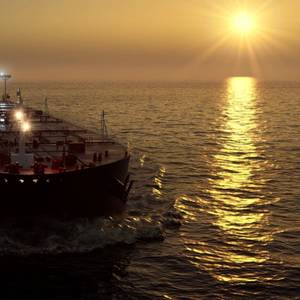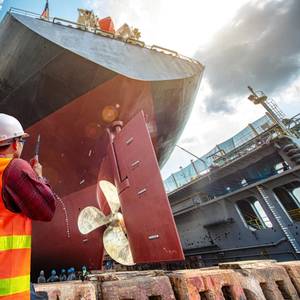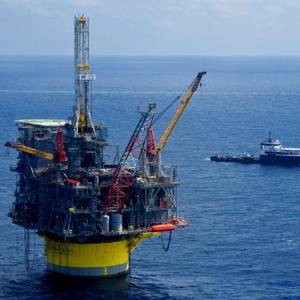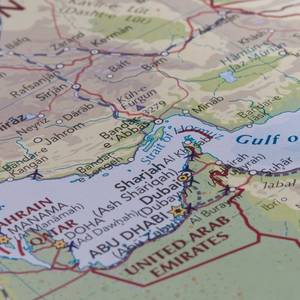
One of Australia's biggest coal export ports will resume operations on Monday, the port operator said, after climate-change protesters disrupted shipping at the Port of Newcastle for a second day on Sunday.Climate activist group Rising Tide, which claimed responsibility for the latest protest, said hundreds of activists paddled kayaks into the shipping lane of Newcastle Harbour on Sunday morning

Britain targeted Russia's two largest oil companies, Lukoil and Rosneft, and 44 shadow fleet tankers on Wednesday in what it described as a new bid to tighten energy sanctions and choke off Kremlin revenues.Lukoil and Rosneft were designated under Britain's Russia sanctions laws for what London described as their role in supporting the Russian government.

The U.S. Coast Guard’s Facilities Design and Construction Center completed a contract modification with The Whiting-Turner Contracting Company Aug. 25 to remove up to 100 submerged concrete piles under the old Pier November at Base Charleston in North Charleston, South Carolina. The modification, with a potential value of approximately $14.

South Korea's HD Hyundai Heavy Industries, the world's biggest shipbuilder, said on Wednesday that it plans to merge with its affiliate HD Hyundai Mipo as it targets a bigger slice of the U.S. shipbuilding market.With the merger, the company said it aims to lead U.S.-Korea shipbuilding cooperation projects touted during a recent summit between the leaders of the countries that Seoul has dubbed

U.S. President Donald Trump's administration on Tuesday unveiled a comprehensive schedule to hold more than 30 offshore oil and gas lease sales in the Gulf of Mexico and Alaska's Cook Inlet over the next 15 years.The plan fulfills a directive in Trump's One Big Beautiful Bill Act, which passed last month

The military and Coast Guard budgets are established that will benefit the U.S. ship building and repair sector, but what will stimulate the commercial yards?This author has been scratching his head of late, after a thrilling dive into July’s U.S. Big Beautiful Bill Act, and has asked several colleagues where the funding for support commercial shipbuilding can be found? To answer that

British maritime security firm Ambrey reported on Tuesday that the paramilitary Rapid Support Forces (RSF) had launched a drone attack on facilities at Port Sudan, targeting the container terminal and escalating a two-year-long conflict.Ambrey said it had obtained video footage showing damage to the terminal and civilian infrastructure, reportedly leaving the city without power.

The death toll from a powerful explosion at Iran's biggest port of Bandar Abbas has risen to at least 40, with more than 1,200 people injured, state media reported on Sunday, as firefighters worked to fully extinguish the fire.Saturday's blast took place in the Shahid Rajaee section of the port, Iran's biggest container hub, shattering windows for several kilometres around

Beijing increased its tariffs on U.S. imports to 125% on Friday, hitting back against U.S. President Donald Trump's decision to hike duties on Chinese goods and raising the stakes in a trade war that threatens to up-end global supply chains.China's retaliation intensified the economic turmoil unleashed by Trump's tariffs

U.S. President Donald Trump will restore his "maximum pressure" campaign on Iran and drive its oil exports down to zero, a U.S. official said on Tuesday.Iran has repeatedly threatened to close the Strait of Hormuz for traffic as a retaliation for Western pressure. That would shut down the region's trade and lead to a spike in oil prices.

President Donald Trump once again withdrew the United States from the Paris climate deal on Monday, removing the world's biggest historic emitter from global efforts to fight climate change for the second time in a decade.The move places the United States alongside Iran, Libya and Yemen as the only countries in the world outside the 2015 pact

Cyber, business interruption and natural catastrophes are the risks of most concern for businesses globally according to the Allianz Risk Barometer 2025 - as voted for by a record 3,778 risk management experts from 106 countries and territories.Cyber incidents (38% of responses, a record 7% points ahead) consolidates its position as the most important risk.